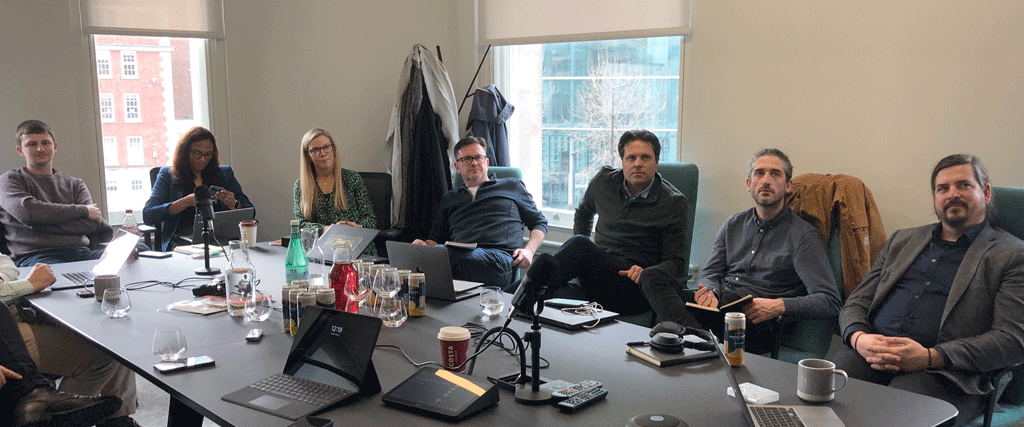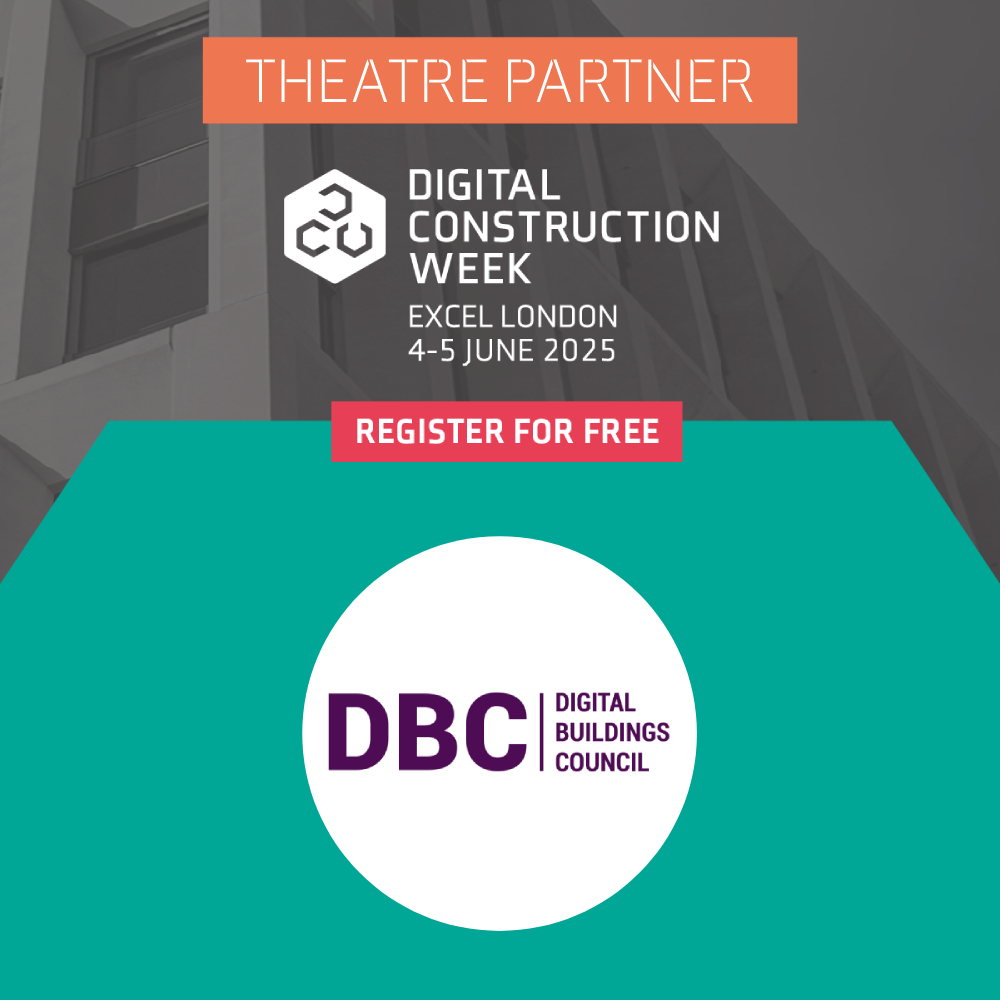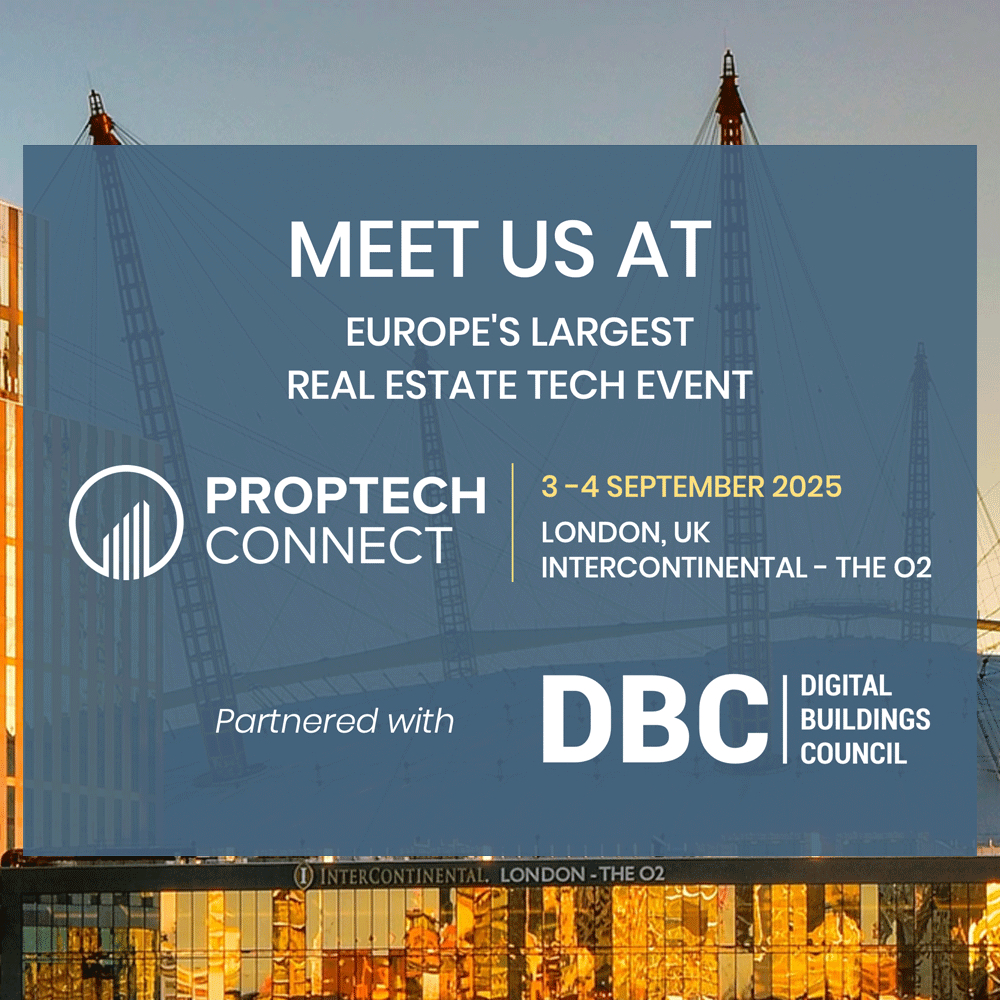
Back in February, the DBC’s Executive Officer Justin Kirby curated and co-faciliated a roundtable discussion with WiredScore’s former head of SmartScore Research Aleksandra Dasala. Participants from the sharp end of design and deployment discussed upcoming trends and challenges they are facing with the smart enablement of ‘digital buildings’. The What’s smarter now in design and deployment for digital buildings? summary report of the discussion was compiled by Justin and Aleks and published last week in Smart Buildings Magazine. You can also read the longer AI-Generated summary below.
Huge thanks to all those who participated including: Brahm Lategan at MiX Consultancy, Brian Coogan at Ethos Engineering, Daniel Watson at Hereworks, Derek Harnett at Switch Automation, James Thomas at SES Engineering Services, John Clarke at One Sightsolutions, Katie Whipp at re:sustain, Kevin Brownell at Nuxform, Matthew O’Halloran at Smart Spaces®, Mike Hook at LMG, Nicholas White at the Smart Building Collective, Ravi Lakhani at Cordless, Rob Souto at Simmtronic and Shaun Taylor at HID.
Executive Summary
Participants debated the lack of standardised definitions for “smart buildings,” hindering effective collaboration and consistent ROI calculations. The discussion explored the complexities of integrating various technologies, addressing the conflicting priorities of landlords and tenants, and the need for early engagement in project planning. Key themes included the development of common standards and certifications, overcoming the challenges of retrofitting existing buildings, and establishing clear ownership and responsibility for smart building initiatives. Ultimately, the group aimed to identify collaborative strategies to improve the smart building industry.
Key Themes and Insights:
1. Definitions and Standards:
Lack of Clear Definition: The term “smart building” lacks a consistent and universally accepted definition, causing confusion among stakeholders:
“None of them know what [a smart building] actually means.”
Certification vs. Standards: While certifications (like Smart Buildings Collective, SmartScore, WiredScore) are helpful, participants emphasised the need for industry-wide technical standards similar to those found in IT and industrial automation (IEC 62443).
“Certification is something that’s like like score, like smart score uh that are driving a certain level of functionality or delivering use cases. scenarios to put a badge on the window. A standard is something that’s been set by the engineering community to deliver best practice.”
Data Standards: There is a pressing need for standardised data ontologies and naming conventions to facilitate seamless integration and data exchange between different systems.
“You got one developer who’s got like we have uh to go back to you know you were mentioning about Alexa compatible, Google compatible etc. You got you end up as as a sort of subsup supplier I end up having to develop two three four five Five lines of all basically speaking like most of our integration now is done as MQTT for just cuz it makes life very useful. But I need four or five or six different data ontologies and naming conventions and different ways of saying the same thing because one developer calls it this, the next one calls it that.”
2. Landlord-Tenant Dichotomy:
Misaligned Incentives: Landlords and tenants often have differing priorities regarding smart building implementation, leading to challenges in data sharing, technology adoption, and realizing the full potential of smart solutions.
“There’s still a disconnect because the people building it, handing it over to operations people, aren’t necessary the people that are engaging companies like mine to actually deliver the technology.”
Ownership and Responsibility: Lack of clarity regarding who owns the smart building strategy and its implementation (CDO, HR, facilities management) further complicates the landlord-tenant relationship.
“Who owns the smart building’s new role?”
Dissolving the Dichotomy: Establishing a common language, aligning on business outcomes, and demonstrating clear ROI for both parties are crucial for bridging the gap between landlords and tenants.
“I think it comes back to that definition piece, right? So developers want to know what is either going to make that building more valuable or what is going to make tenants want to stay in that building and renew leases within that space.”
3. Smart Enablement Process and Best Practice:
Early Engagement is Key: Engaging all stakeholders (consultants, MSIs, contractors, tenants) early in the design and planning phase is vital for successful smart building deployment.
“The success of the projects that we see does is pretty evident that yeah the earlier you’re engaged the more likely that that project is going to go smoothly.”
RIBA Plan of Work: Participants acknowledged the importance of integrating smart building considerations into the RIBA Plan of Work, but raised concerns about the recent overlay, citing a lack of industry-wide representation and potential factual inaccuracies.
“It’s our role I think to try and move the D forward. So if we commercialize it, put one of our names against it…”
“Smart Ready” Definition: While the term “smart ready” is commonly used, there is no consensus on its definition, leading to ambiguity and potential exploitation by contractors.
“But if we went around the table and we asked that to be defined would we actually get common agreement on it?”
4. Technology Direction of Travel and Future Proofing:
Edge Devices and Ecosystem Integration: The increasing intelligence and capabilities of edge devices like access control readers and sensors necessitate robust cybersecurity measures and standardised data exchange protocols.
“My vision of how SCES and ways want to deliver digital buildings in the future and I use the term digital building rather than smart building is to create an ecosystem of digitally enabled M&P solution that isn’t then relying on gateways and middleware.”
Cybersecurity as a Critical Focus: As buildings become more interconnected, the need for robust cybersecurity standards and protocols increases. The convergence of IT and OT security presents a significant challenge.
“That’s probably part of the problem is there isn’t that organization in the built environment that says, okay hydra around cyber security it’s quite important.”
Adaptability and Flexibility: Smart building infrastructure must be flexible enough to accommodate evolving user needs, new technologies, and changing regulatory landscapes.
“the foundation needs to be there. So it needs to be flexible and adaptable to how our industry evolves on on our seems like almost a daily basis at the minute. But also the people that are going to be using that building, their needs are going to change.”
5. Business Case, ROI, and Risk:
Lack of Quantifiable Data on Occupier Benefits: Existing ROI calculations often focus on building technology benefits (energy efficiency, operational cost savings), neglecting the impact on occupant productivity, well-being, and experience.
“So, is that side of things being missed in the calculation of ROI like improved productivity? “
Need for Holistic ROI Models: The industry needs to develop comprehensive ROI models that capture both tangible and intangible benefits, addressing the perspectives of both landlords and tenants.
“Is it not worth rationalizing each element as an ROI? And I think sustainability is a is a is a is a low hanging fruit there because we all know you know you you can do optimization on your on your HVAC and immediately there’s an ROI there that’s a smart element there there’s wellbeing can it be rationalized so maybe if we we break out into the constituent elements of what constitute as a collective agreement what is a smart building and then at least as a starting point if it gets pitched to the numbers people they go oh okay we can see merit in it”
Quantity Surveyors as a Roadblock: Traditional QS practices struggle to quantify and assign monetary value to intangible benefits like well-being and productivity.
“Isn’t there a kind of problem that they are particular block in this industry because they haven’t evolved to think more holistically?”
6. Net Zero and Sustainability:
Strong Driver for Change: Net zero targets and ESG considerations are driving the adoption of smart building technologies.
Sustainability and ROI: Sustainability-focused initiatives offer clear ROI potential through energy optimisation and reduced operational costs.
Data-Driven Decision Making: Digital twins and other advanced tools are enabling data-driven decision making for achieving net zero goals.
Potential Action Items:
- Develop Industry-Wide Consensus on “Smart Building” and “Smart Ready” definitions.
- Collaborate on establishing data standards and ontologies.
- Create a shared ROI framework that captures both landlord and tenant perspectives.
- Educate QSs and other stakeholders on quantifying intangible benefits.
- Engage with RIBA and other relevant bodies to improve industry standards and guidance.
Collaboration Opportunities:
- Form a working group focused on developing an industry-wide ROI model for smart buildings.
- Collaborate on thought leadership pieces and research to promote best practices and address key challenges.
- Leverage existing platforms and events to facilitate knowledge sharing and networking.
- Explore joint initiatives around net zero and sustainability.
Conclusion:
The roundtable highlighted the complex challenges and opportunities facing the smart buildings industry. A collaborative approach is needed to address issues like lack of standardisation, misaligned incentives between stakeholders, and the need for robust business case justification. By working together, industry professionals can unlock the full potential of smart buildings and create spaces that benefit both occupants and the environment.
Update:
Justin has more recently published an AI-generated podcast you can listen to on LinkedIn and Aleksandra has recently joined DBC found member Nuxform (check out her profile here).
Stay connected by following the DBC on LinkedIn for the latest updates, events and insights from the founding members and reach out to learn how to join our community and contribute to our mission.




